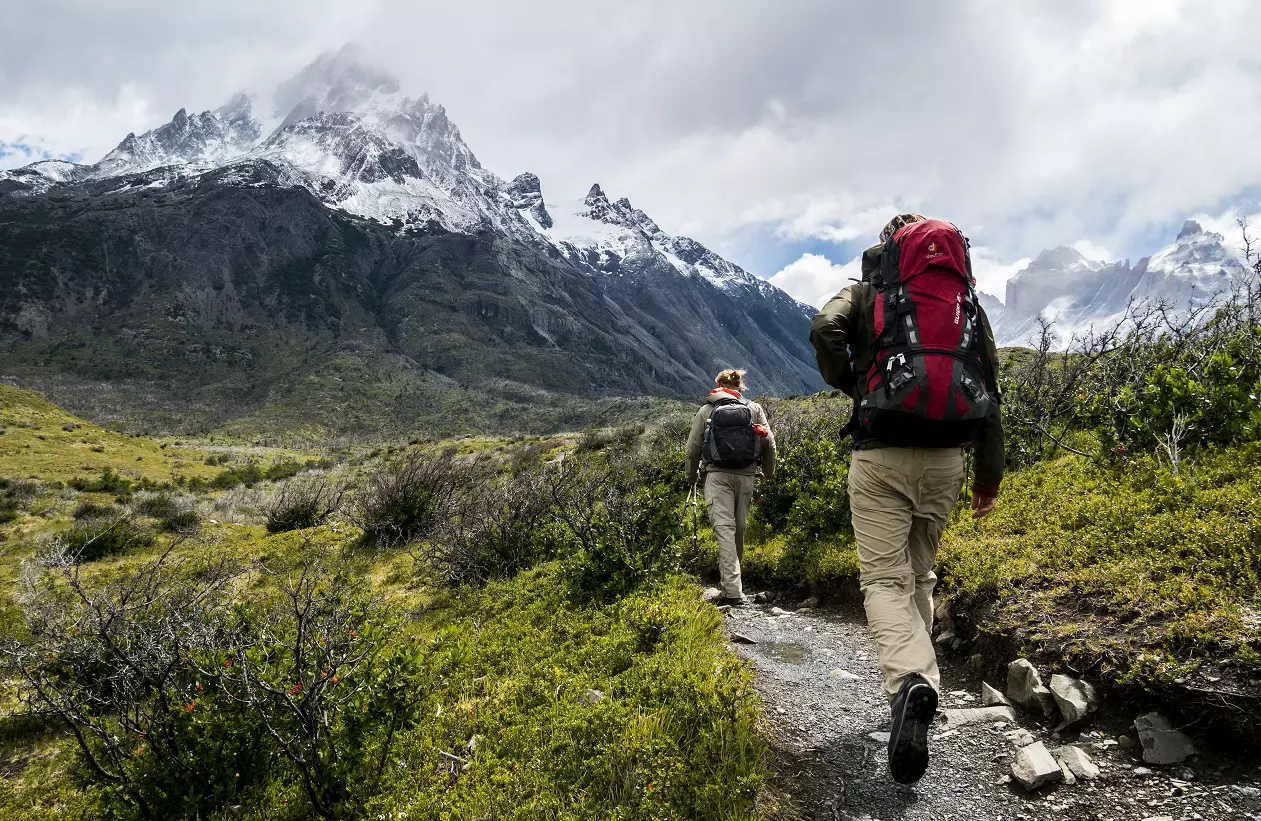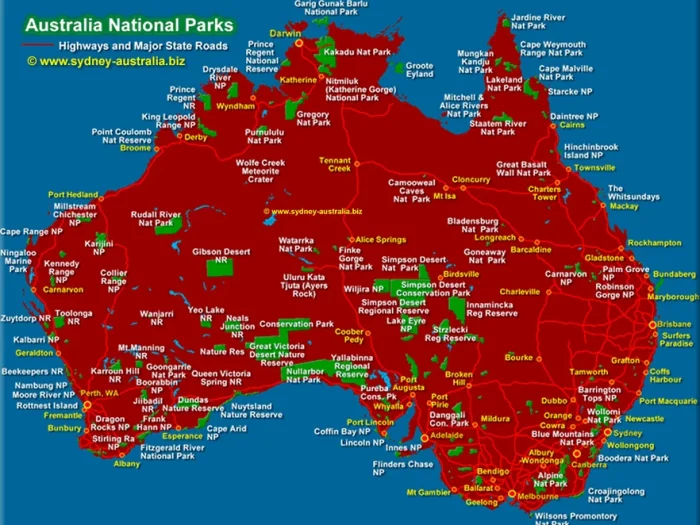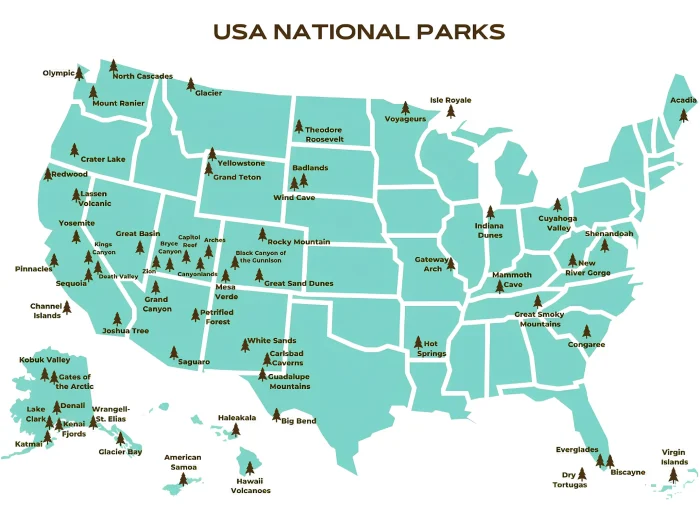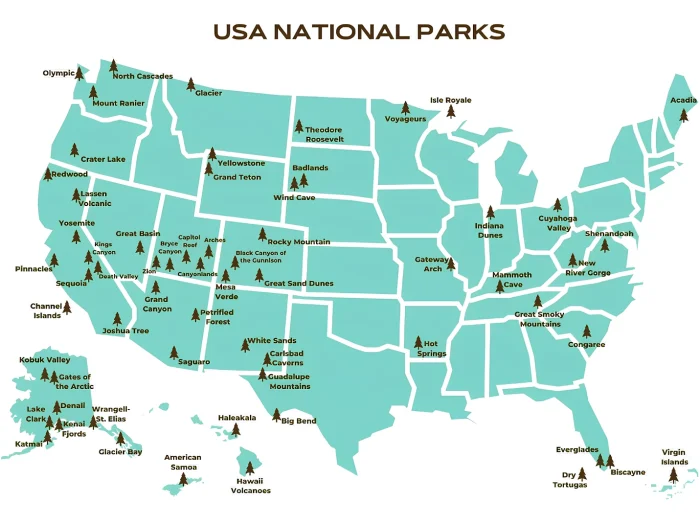How to Navigate Difficult Trails Without Getting Lost
If you are a hiker and lover of the national parks, you know that the difficulty of navigating trails ranges from easy to almost impossibly hard. While some trails can seem like just a walk in the park, others have gotten hikers lost for untold periods of time.
How is it that some people seem to have a natural feel for how to get around, whereas others seem to get lost as soon as they leave their cars? Are some people just more natural hikers than others? The answers to these questions are complex, but what is clear is that anyone can make themselves a more efficient hiker. You just need the right tools.

You can develop your skills
While there are both methods and tools available to help hikers navigate their way through the wild, you can also learn to understand and shape your own abilities on your own. There is a new IQ test on the market called Cerebrum IQ that is specifically designed to break down different areas of cognitive aptitude. Check out Cerebrum IQ review for more.
Once you learn to understand where your cognitive strengths and weaknesses lie, you can start to work on them. It could be that you don’t have a strong innate sense of direction, or it could also be that you get lost easily because you aren’t attuned to look for certain things. And this is a skill that you can develop.
Knowing what to look for on the trails
If you have the goal of climbing Half Dome – which many have tried, and few have succeeded at – you might find yourself giving up too easily. While developing the fitness level to summit difficult peaks is up to you, we can share some tips on what to look for on these trails that will help you out.
- Brightly-colored ribbons and flagging tape: when you see things like this, it is usually not an accident. These things are strategically wrapped around branches to help guide hikers in the right direction.
- Rock cairns: if you’ve ever been to Acadia National Park, you will notice cool vertical rock formations that kind of look like they’ve been formed by creative teenagers. These are actually deliberate and are used as trail markers.
- Cordages: while ribbons might degrade with time, cordages are sturdy and durable. They have something of a disadvantage in not being as obvious as ribbons, but they last much longer.
- Paint: This one is somewhat controversial and the US National Park Service cautions against excessive use of it. But environmentally-friendly paint is sometimes used, and it can be both clear and easy to follow.
Using compasses and maps
Before the advent of advanced technology, people often relied on nature itself to get around. Even the sun was used as a guide for civilizations for many years. Fortunately, we have more advanced instruments to help us these days.
Using compasses and paper maps can help with general direction. But they can also be tricky. Although a compass, for example, can tell you the general direction you are going in, it doesn’t necessarily help in navigating some of the minute twists and turns of National Park trails. If you are taking on Angel’s Landing, you want to know exactly where you are. The same principle holds for paper maps.
Advanced technology for trail navigation
We are living in a very lucky age. We still have the luxury of getting out and enjoying nature, and we also have devices to help us make it through. GPS is obviously a big one, but trail navigation technology goes far beyond this. Not every place gets GPS signals, for one thing, so you might find yourself suddenly stuck without your guide if you’re not careful.
And things like Google Maps can be limited. To really find your way on the Mist Trail, you need an app that is specifically designed for trails. These apps go beyond the usual terrain and show you the details of hikes. AllTrails, Gaia, and AvenzaMaps are just a few of the quality products on the market now.
Put it all together
There’s no single solution for making yourself into a more efficient hiker. But combining all of the things mentioned here is a great way to start. Take the time to study both trails themselves, as well as how the ones you prioritize are marked. Also, see what instruments are available to help you out. Different trails call for different devices, so look around carefully. Finally, see if you can get better in touch with your own innate abilities and learn how to make yourself a better navigator. Even famous explorers had to refine this skill.




